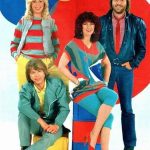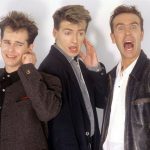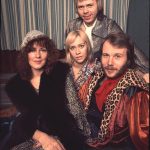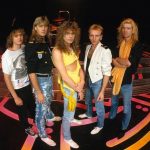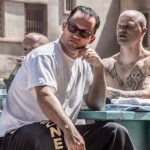The Beatles – Blue Jay Way

“Blue Jay Way,” a track from The Beatles’ 1967 album “Magical Mystery Tour,” stands out as one of George Harrison’s most intriguing contributions to the band’s psychedelic era. Written by Harrison while he was waiting for friends in a house on Blue Jay Way in the Hollywood Hills, the song captures the hazy, dreamlike quality of the late 1960s, both lyrically and musically.
The origins of “Blue Jay Way” are as atmospheric as the song itself. Harrison was staying in Los Angeles, waiting for his friend Derek Taylor, the Beatles’ publicist, who had gotten lost in the foggy, winding streets of the Hollywood Hills. Bored and somewhat jet-lagged, Harrison sat down at an organ and composed the song. The lyrics reflect his state of mind, with a repetitive mantra-like quality that enhances the song’s hypnotic feel.
Musically, “Blue Jay Way” is built around a droning C note, creating a sense of stasis and suspension. The song features a prominent Hammond organ, which Harrison plays throughout, providing an eerie, almost meditative backdrop. The use of tape loops, backward recordings, and various studio effects, orchestrated by producer George Martin, adds layers of complexity and a disorienting atmosphere, characteristic of the band’s psychedelic phase.
The song’s opening lines, “There’s a fog upon L.A. / And my friends have lost their way,” immediately set a tone of confusion and waiting. The repetition of phrases like “Please don’t be long” echoes the feelings of impatience and the surreal experience of time stretching out while waiting. Harrison’s vocals, delivered in a calm yet slightly detached manner, reinforce the song’s introspective and slightly detached mood.

The instrumentation of “Blue Jay Way” includes a blend of traditional rock elements with experimental sounds. Alongside the organ, there are guitars played with a subdued, almost ghostly quality, and the drumming, provided by Ringo Starr, is restrained yet persistent, contributing to the track’s trance-like rhythm. The song’s unconventional structure and lack of a clear, catchy chorus further distinguish it from more mainstream Beatles hits, highlighting the band’s willingness to explore and innovate.
One of the standout features of “Blue Jay Way” is its use of studio techniques to create a layered, textured sound. The backward tape effects, which had become a hallmark of The Beatles’ psychedelic work, are used here to great effect, adding to the song’s surreal quality. The phasing and flanging effects applied to the vocals and instruments create a swirling, otherworldly ambiance that captures the essence of the psychedelic experience.
Lyrically, “Blue Jay Way” can be seen as a reflection of Harrison’s interest in Indian philosophy and music. The song’s repetitive structure and droning quality bear similarities to Indian classical music, which often uses sustained notes and repetitive rhythms to induce a meditative state. This influence is evident in the song’s hypnotic feel and its emphasis on mood over narrative.
“Blue Jay Way” was included in the “Magical Mystery Tour” film, where it is paired with visuals that complement its ethereal sound. The sequence features Harrison playing the organ in a foggy, dimly lit room, interspersed with abstract and psychedelic imagery. This visual representation enhances the song’s dreamlike quality and provides a fitting accompaniment to its mysterious and contemplative nature.
In conclusion, “Blue Jay Way” is a testament to George Harrison’s contributions to The Beatles’ psychedelic period and his ability to create music that is both innovative and deeply atmospheric. The song’s haunting melody, experimental production techniques, and introspective lyrics make it a standout track on the “Magical Mystery Tour” album. Through “Blue Jay Way,” The Beatles captured the essence of the late 1960s’ psychedelic movement, creating a piece that continues to intrigue and captivate listeners with its otherworldly charm and meditative quality.
